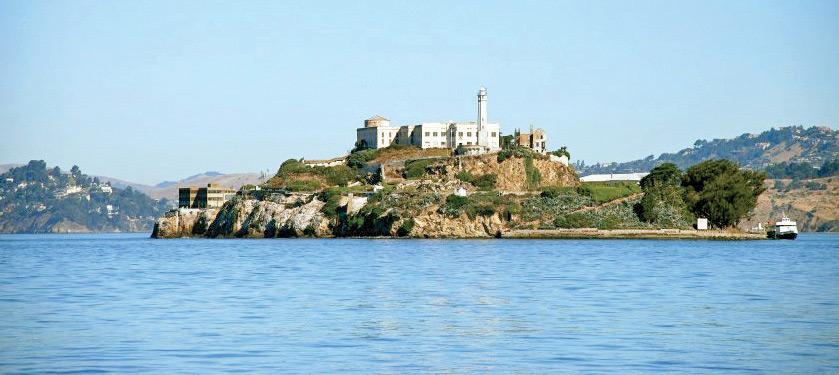
Prisons can be considered unforgettable places when studying the political history of a country. The prisons where thousands of countrymen who were guilty before the law were held were forbidden places for the general public for centuries. However, as the legal provisions with regard to prisons have undergone several changes, and given that many prisons have now been relocated, several of the ancient prisons in many countries are open to tourists at present.
Tuol Sleng (Cambodia)
 In 1975, after the Cambodian Communist Party or Khmer Rouge seized power in Cambodia, the Tuol Sleng building, which was a high school at that time, was used as a detention centre named ‘Security Prison 21 (S-21)’. It had been used as a torture chamber where people captured in the genocide programme launched by the Khmer Rouge were brutally tortured. After the fall of the Khmer Rouge regime in 1979, it was converted into a museum to commemorate the 1.7 million victims of the genocide.
In 1975, after the Cambodian Communist Party or Khmer Rouge seized power in Cambodia, the Tuol Sleng building, which was a high school at that time, was used as a detention centre named ‘Security Prison 21 (S-21)’. It had been used as a torture chamber where people captured in the genocide programme launched by the Khmer Rouge were brutally tortured. After the fall of the Khmer Rouge regime in 1979, it was converted into a museum to commemorate the 1.7 million victims of the genocide.
Devil’s Island
Facing the Atlantic Ocean, Devil’s Island belongs to French Guiana. From the early 1850s, it was established with the purpose of being used as a penal colony by order of the then French Emperor Napoleon III.
For more than a century, thousands of political prisoners and serious criminals have been detained there and it is said that the death rate in prisons was as high as 75%. Several prisoners managed to escape from Devil’s Island, the most famous escape being that of Henry Charrier, who spent 11 years on the island after being convicted of murder. He even published a book titled ‘Papillon’ about his time spent in the prison camp after escaping in a raft made of coconuts.
‘Château d’If’
Built in the 16th century, the castle ‘Château d’If’ became famous worldwide due to Alexandre Dumas’ book series ‘Monte Cristo’ published in 1844. Located on the Bay of Marseille, the fort was mostly used to hold political and religious prisoners.
In use for over three centuries, it was closed at the end of the 19th century and has now become a popular tourist attraction.
Alcatraz Island
Alcatraz Island, in San Francisco Bay, was used as a military fort and prison in the 1850s, and as a federal penitentiary between 1934 and 1963.
The Island, which is considered to be an inescapable prison, is in the middle of the sea at a distance of about 2 kilometres from the mainland. In 1962, three prisoners, John Anglin, Clarence Anglin, and Fran Morris, tried to escape from Alcatraz Island using a raft made of raincoats, and nothing has been reported about their fate until now.
Robben Island
 Located in Table Bay near Cape Town, Robben Island has been used as a prison as well as a hospital from time to time in the 17th - 20th Century.
Located in Table Bay near Cape Town, Robben Island has been used as a prison as well as a hospital from time to time in the 17th - 20th Century.
Named a UNESCO World Heritage Site in 1999, it is best known around the world as a high-security prison used during South Africa’s apartheid regime.
South Africa’s first black president, Nelson Mandela, was also held on Robben Island for 18 years, and it ceased to be used as a prison in the early 1990s. Currently, the permanent residents of Robben Island are African penguins, which have been designated as a species at high risk of extinction.
The Old Melbourne Jail
The Old Melbourne Jail, which held some of Australia’s worst criminals between 1842 and 1929, including escapee Ned Kelly and serial killer Frederick Bailey Deeming, is now used as a museum.
It is said that the bodies of 133 prisoners who were hanged there during the period of use of the prison were buried in the prison yard. Today, the top tourist attraction at the Old Melbourne Jail is the death mask collection.
The masks were created by applying a layer of plaster on the head of a prisoner after he was hanged.
